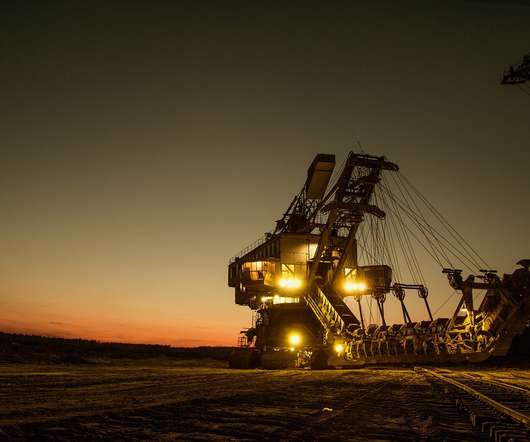New prototype rechargeable lithium-nitrogen battery
Green Car Congress
APRIL 16, 2017
But nitrogen gas—which consists of two nitrogen atoms held together by a strong, triple covalent bond—doesn’t break apart under normal conditions, presenting a challenge to scientists who want to transfer the chemical energy of the bond into electricity. Structure and rechargeability of a room-temperature Li-N 2 battery. (A)























Let's personalize your content